Photo Flash: First Look at Qin Feng Ink Art Display, WAITING FOR QIN FENG
"Waiting for Qin Feng," a solo exhibition of work by Chinese ink artist Qin Feng, will be on view in Venice from May 19-June 19, 2016. Installed in three locations including the former Monastery of San Giorgio Maggiore, now home to the Fondazione Giorgio Cini (the first contemporary Chinese art installation), The Armenian Catholic Monastery on San Lazzaro Island and Venice International University (VIU) on San Servolo Island, the exhibition will be presented in collaboration with the Fondazione Giorgio Cini and is curated by Achille Bonito Oliva and Ambassador Umberto Vattani. There will be a Vernissage and performance by Qin Feng at the former Monastery of San Giorgio Maggiore on May 19 beginning at 6pm, a seminar with the artist and curators on May 26 at the Navy Officer's Club at the Arsenale from 4pm-7pmand a press conference at VIU on May 27 at 3pm. Check out a sneak peek below!
As one of the most distinctive and traditional mediums of Chinese art, ink painting has a history dating back more than 1,000 years. Over the centuries, the art form was kept alive through the practice of copying the work of earlier masters with little change. Today, a group of contemporary artists have reinvigorated the medium, shedding the rigid constraints of tradition and addressing modernity through a revolutionary new artistic language that remains respectful of ancient models.
Qin Feng is at the forefront of this new school of experimental ink brush painting. His emotional and explosive images seamlessly blend ancient Chinese calligraphy with modern Western abstract expressionism. Having lived and worked in Germany and the United States, he exemplifies the contemporary Chinese artist whose career and creative development have played out on a global stage. Being rooted in two worlds, Qin Feng's robust images and dramatic installations are expansive and inclusive. His work proves the continued relevance of brush and ink as mediums and calligraphy and its iterations as contemporary forms.
The Venice exhibition will unfold as a multi-faceted dialogue between European Renaissance art and contemporary Chinese art. The conversation will manifest itself in a number of ways Including Qin Feng's on-site painting performance in front of Paolo Veronese's The Wedding at Cana, a facsimile realized by Factum Arte, Madrid, which is in the Refectory of the former Monastery of San Giorgio Maggiore. A large canvas will be placed on the floor in front of the painting on which Qin Feng will execute his work. Other exhibition highlights include an installation of traditional Chinese Jingdezhen porcelain and other works in the historic Armenian Catholic Monastery, and at Venice International University.
Social media, music and general information that can be accessed on mobile phones will add to the exhibition experience. A video will play on loop, showing a series of images of ancient hieroglyphic writings that slowly fade to abstract symbols as if to show thousands of years of history condensed into a 10-minute evolution. The incorporation of new media will attempt to create an environment of visual and emotional engagement while embracing the age of digitally enhanced visual experiences.
It is Qin Feng's hope that this exhibition will be the beginning of a new "Silk Road" for cultural exchange; an opportunity to create an all inclusive art world. As an ancient network of trade routes that were central to interaction between Asia and Europe, the "Silk Road" was an important vehicle for promoting economic and cultural understanding. Xinjiang, Qin Feng's home in the Northwest of China, was a stop on the ancient "Silk Road" and his awareness of the "Silk Road's" role in connecting disparate cultures has had a big influence on his work.
"Waiting for Qin Feng" is timed to coincide with the Venice Architectural Biennale whose theme 'Reporting From the Front" is a call to architects to consider their role in the improvement of living conditions for people from all walks of life. This concept is mirrored in Qin Feng's exhibition that promotes the importance of inclusivity and cultural interaction as a result of the greater understanding of our contemporary civilization through open dialogue.
Photo Credit: Francesco Allegretto
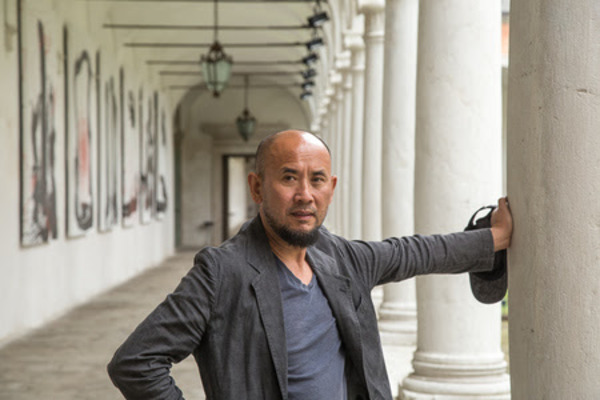
Qin Feng
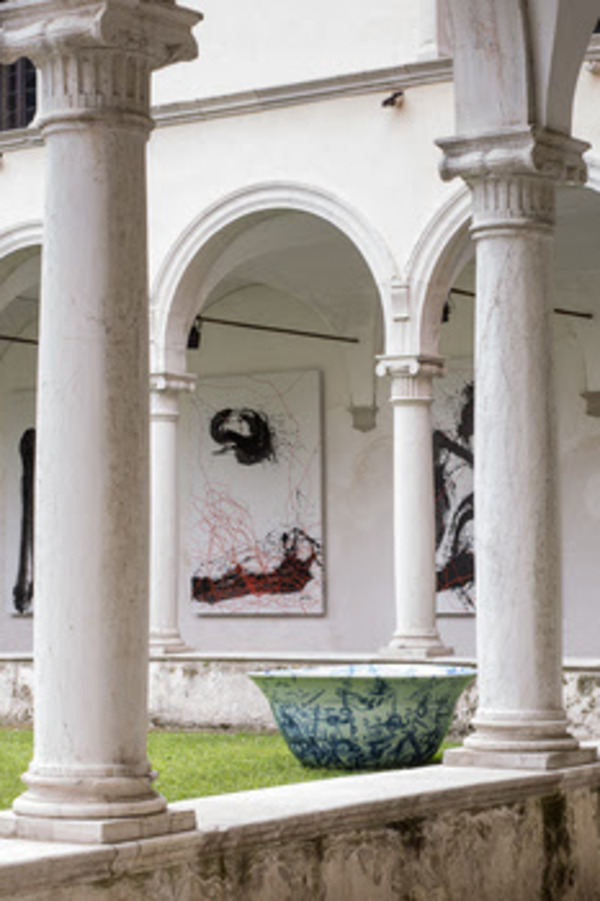
Art Display
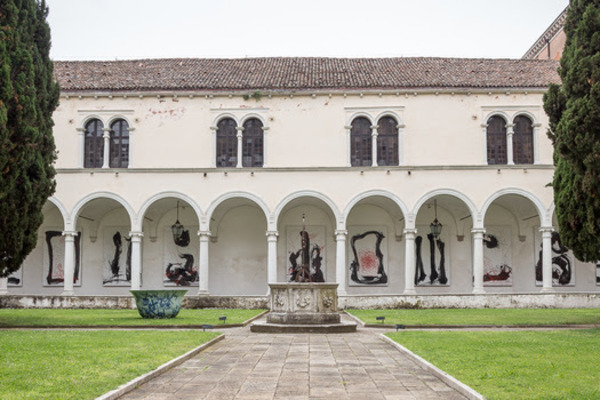
Art Display

Art Display
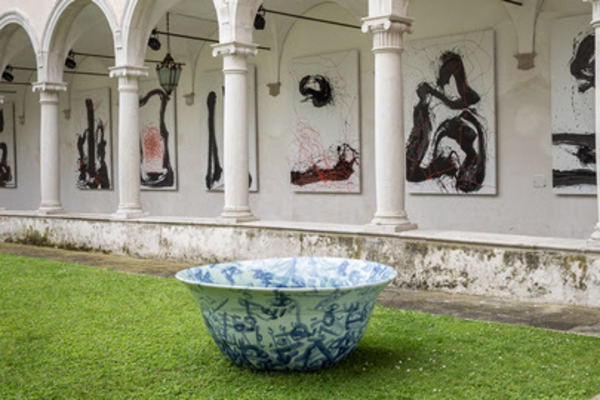
Art Display
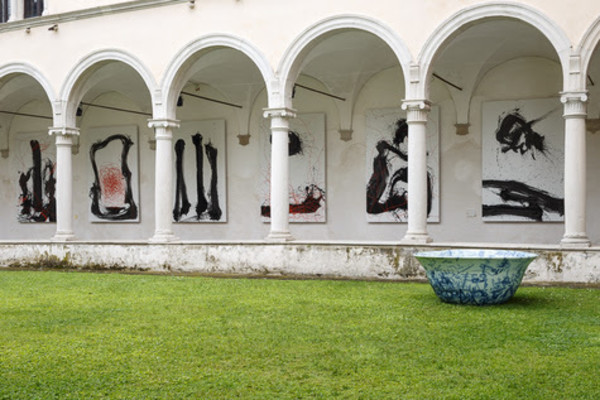
Art Display
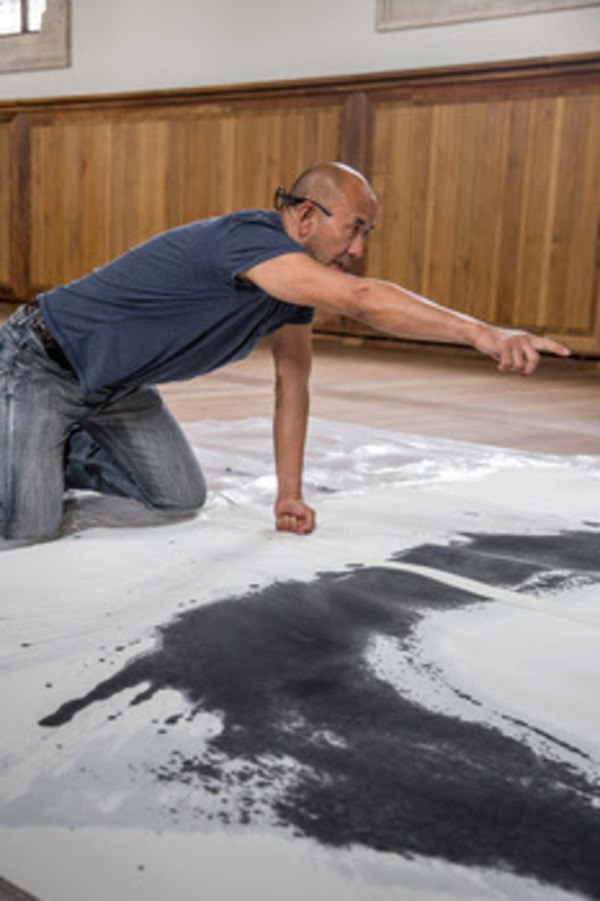
Qin Feng
Comments

Videos

